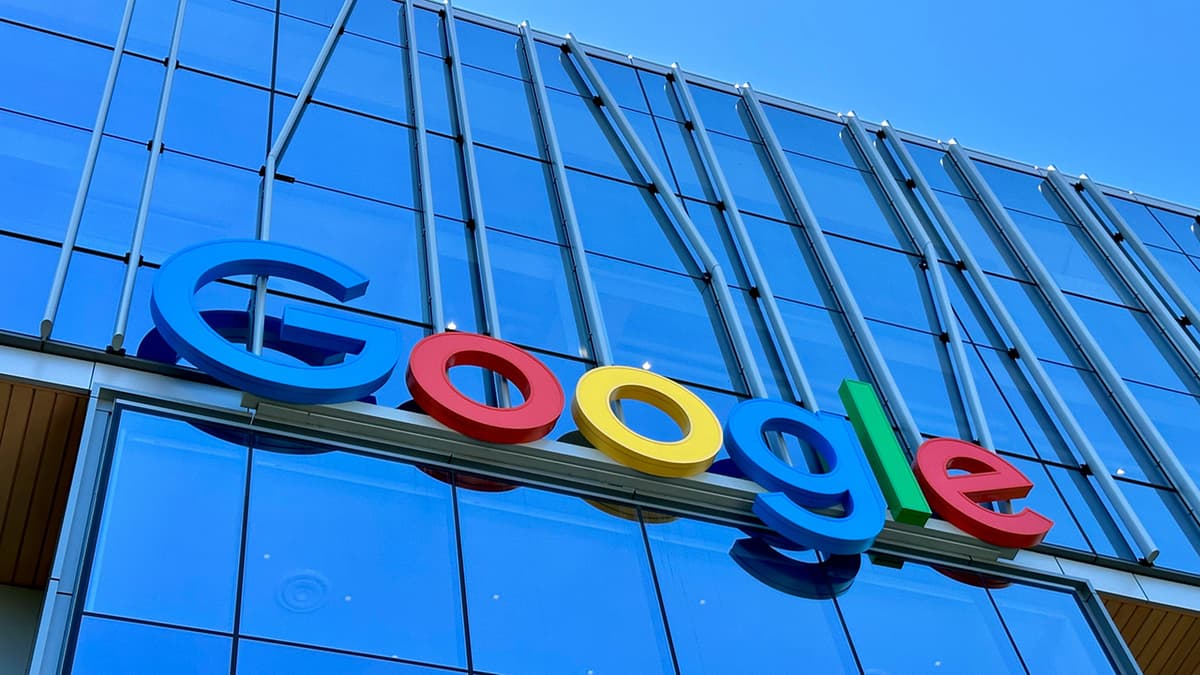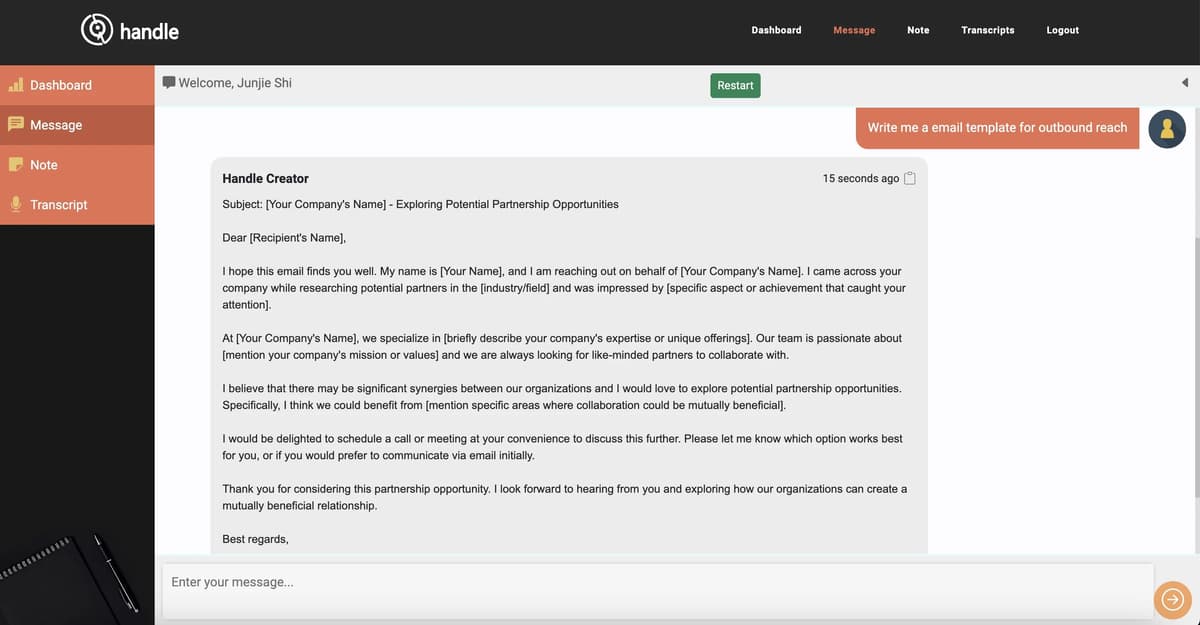Should I Continue the Conversation with Customers When Lunch Time Comes
Lunchtime presents a challenge in customer conversations. You want to provide excellent customer service while also caring for your personal needs. Should you continue the conversation with customers when lunchtime arrives? Let's explore this topic and find the best approach.
The Importance of Customer Conversations
Customer conversations play a vital role in building trust, understanding customer needs, and fostering long-term relationships. Effective communication allows you to address concerns, provide assistance, and gather valuable feedback.
Finding the Right Balance
It is important to find the right balance between providing excellent service and taking care of yourself. Here are a few factors to consider when deciding whether to continue the conversation during lunchtime:
1. Respect Boundaries
Respecting boundaries is crucial in any relationship, including those with customers. If you sense that your customer may not appreciate being interrupted during lunchtime, it's best to respect their personal space and schedule a follow-up conversation at a more convenient time. This shows that you value their time and well-being.
2. Assess the Customer's Needs
Before making a decision, assess the urgency and nature of the customer's needs. If their inquiry or issue requires immediate attention, it may be necessary to continue the conversation during lunchtime. However, if the matter can be addressed later without causing inconvenience, it’s better to schedule a follow-up.
3. Communicate Your Availability
Setting clear expectations regarding your availability can help manage customer interactions during lunchtime. If you have specific lunchtime hours or policies, communicate them to your customers. This way, they will understand when they can expect a response.
4. Offer Alternatives
If you are unable to continue the conversation during lunchtime, provide customers with alternative channels for reaching out. This could include email, a customer support portal, or a dedicated phone line for urgent matters. Offering alternatives ensures that customers can still communicate their needs while you take your break.
5. Be Mindful of Different Time Zones
If you have customers in different time zones, consider their lunchtime as well. Adjust your availability and communication accordingly, catering to their needs without compromising your own.
Best Practices for Customer Conversations During Lunchtime
When deciding whether to continue the conversation with customers during lunchtime, follow these best practices to ensure a positive experience for both parties:
1. Plan Ahead
Try to plan customer conversations around lunchtime. By scheduling meetings and calls strategically, you can minimize the chances of interrupting your lunch break or the customer's lunchtime.
2. Be Transparent
Transparency is key in maintaining strong customer relationships. If you anticipate that lunchtime may interrupt the conversation, inform the customer in advance about your break. Propose an alternative time to continue the discussion, showing that you value their input.
3. Offer Self-Service Resources
Providing customers with self-service resources can address their needs even during lunchtime. Access to an online knowledge base, FAQs, or tutorials can help them find answers to common questions. This way, customers can still find the information they need while you enjoy your break.
4. Utilize Chatbots and Automation
Chatbots and automation can address customer inquiries during lunchtime. Implementing these technologies allows customers to interact with your brand and find answers, even when you're unavailable. Ensure that these systems are well-designed and capable of providing accurate and helpful responses.
Deciding whether to continue conversations with customers during lunchtime depends on various factors, including customer needs, boundaries, and personal well-being. Striking the right balance between providing excellent service and taking care of yourself is essential for maintaining strong customer relationships. By planning ahead, being transparent, and offering alternative communication channels, you can effectively manage customer conversations during lunchtime while meeting both parties' needs.












